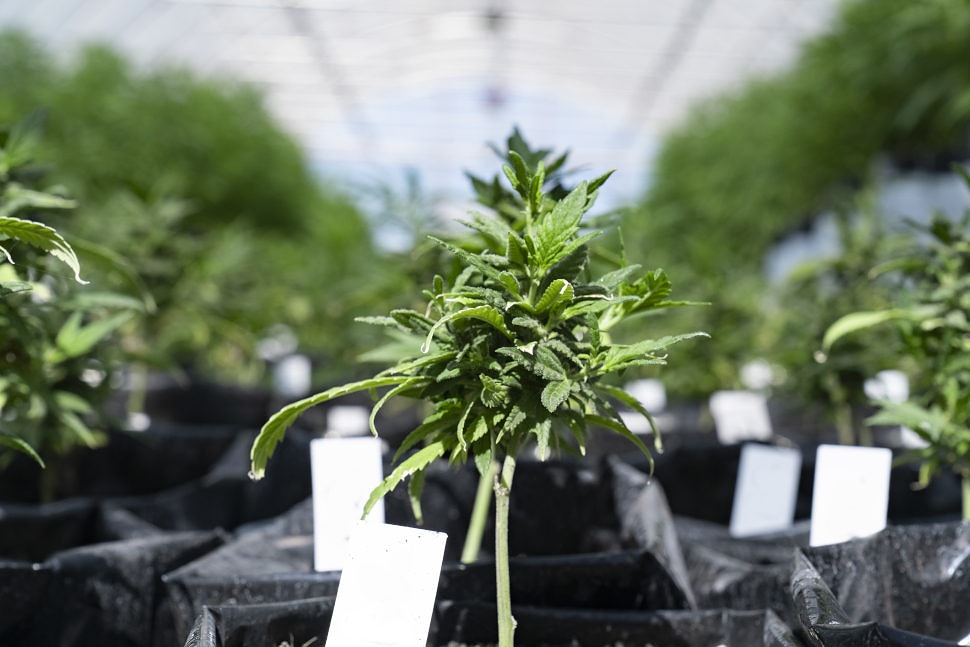No products in the cart.

With both the hemp and marijuana industries flourishing, a question that commonly arises is, “what’s the difference?” The stigma and politics around these plants have clouded the information that’s available to the public. We want to set the record straight and provide you valuable information when choosing a hemp-based CBD product.
Hemp and marijuana are both parts of the plant family Cannabaceae, which includes 170 species of plants. Hops, the plant used to make beer, are also found within this family. Cannabis is a genus within the family Cannabaceae, which contains both hemp and marijuana. Although they are in the same family and genus, there are some distinct differences in the genetics, properties, and uses of hemp and marijuana.
THC and CBD Content
The main difference between hemp and marijuana is the amount of the cannabinoids tetrahydrocannabinol (THC) and cannabidiol (CBD) found within the plant. CBD is the non-psychoactive compound found in cannabis that has medicinal benefits without producing intoxicating effects. In contrast, THC is the compound found in cannabis that produces an intoxicating psychoactive effect. Hemp has much higher levels of CBD and lower levels of THC than marijuana. Legally, a cannabis plant must contain less than 0.3% THC to be considered hemp. Marijuana is cultivated to have a THC content up to 30% or higher to create a “high” or “buzz,” and contains much lower levels of CBD.
Uses
Hemp and marijuana also differ in their uses. Hemp has a much wider variety of possible products than marijuana. Hemp has broad applications as a medicinal supplement, mainly because of its high concentration of CBD. One of the primary uses of the hemp plant is its durable fibers, which are made into clothing, jewelry, canvas, rope, and other textiles. Pure hemp has a texture that is similar to linen and is often blended with other fibers. The fibrous material from hemp plants can also be used to make paper, building materials, plastic and composite materials, and biofuels. Hemp seeds are a highly nutritious food source. The leaves are also edible and can be consumed raw. Hemp is also used for the purification of polluted or contaminated water and soil, a process called phytoremediation. Marijuana’s primary use is as a recreational drug, though it also offers a variety of health benefits.
Legality
Different sets of laws regulate hemp and marijuana. In December 2018, the Farm Bill passed, allowing hemp to be cultivated and sold legally in the US. Individual states have their regulations on the cultivation and sales of hemp and hemp products. Some states have legalized recreational and/or medical use of marijuana, but federally it is still considered an illegal schedule I drug and treated as a controlled substance. In states where it is legal, marijuana must be sold at a licensed dispensary and highly taxed. Hemp is not required to be sold at a dispensary, and it is legal to sell hemp in most states where marijuana is illegal. The legal landscapes of both hemp and marijuana are continually shifting, and much of the market is not adequately regulated. Generally, hemp is safer and more accessible to most of the US. However, when choosing a hemp product, it’s crucial to be sure that it comes from a trusted source. Green Gorilla’s hemp CBD products are certified organic and always independent third-party lab-tested to ensure unmatched quality, purity, and potency.

